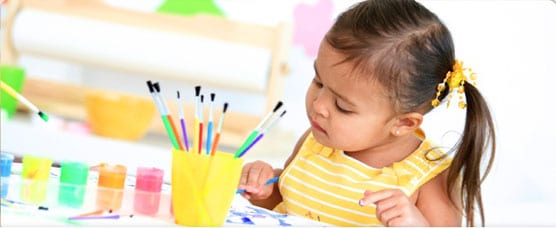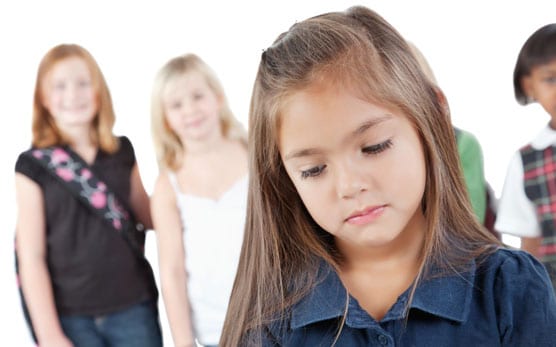The Best Preschools in the World

[/box]If you are looking for an highly enriched and respectful approach to Early Childhood Education, you may want to investigate “The Reggio Approach”. In a study of best practices in PreSchool education worldwide sponsored by Newsweek, the schools in Reggio Emilia, Italy, were found to be THE best in the world. This top recognition attracted thoughtful educators, researchers and schools to investigate and then adopt this approach, now found in private and public schools all around the world.
NAEYC has linked their list of developmentally appropriate practices to Reggio approaches. Our school’s interest took us to Italy to study with the Italian educators for three intensive summer sessions with other teachers from all around the world. This training allowed us to bring this approach to the Country Day School as the only Reggio school in this part of the state. We have been using the Reggio Approach as part of the program at The Country Day School for the past twelve years and it enriches our work with children daily.
The” Reggio” vision of the child as a competent learner has produced a strong child-centered curriculum model. The approach requires children to be seen as resourceful, imaginative, curious, inventive and possess a desire to interact and communicate with others.
Here are some key features of Reggio Emilia’s early childhood program:
[list type=”numlist”]
-
The Role of Environment as Teacher
There is great attention given to the look and feel of the classroom. A classroom atmosphere of playfulness and joy pervades. Teachers provide environments rich in possibilities which provoke exploration and problem-solving. Documentation of children’s work and thoughts are displayed for parent’s and children to explore.
-
Children’s Symbolic Multiple Languages
Use of the arts as a symbolic language through which children express their understandings of their project work. Use of Howard Gardner’s Multiple Intelligences theories in the everyday life of the classroom. Presentation of concepts in multiple forms such as print, art, drama, construction, music, puppetry, and shadow play. These are viewed as essential to children’s understanding of experience.
-
Long-Term Projects
Projects are child-centered,high interest, in which much of the learning of skills and concepts ( ABC’s and 123’s) is accomplished within a reason for learning. Explorations lead from one problem solving and research opportunity to the next naturally. Create excitement and joy in the learning process for both children and teachers.
-
Documentation as Assessment and Advocacy
Similar to the portfolio approach, documentation of children’s work in progress is viewed as an important tool in the learning process for teachers, parents and children. Picture documentation, as well as recordings of the child’s words, help parents feel involved in the project with their child.
-
Home/School Relationships
Children, teachers, parents and community are interactive and work together, building a community of inquiry between adults and children.Programs are family centered.






